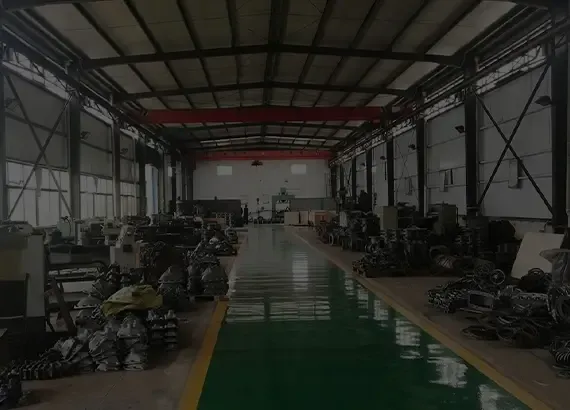des. . 10, 2024 00:59 Back to list
Air Pressure Control Valve for Optimal Performance in Various Applications
Understanding Air Pressure Valves Function, Types, and Applications
Air pressure valves are essential components in a myriad of applications, providing crucial control over air pressure in various systems. They play an integral role in industries ranging from automotive and manufacturing to HVAC (heating, ventilation, and air conditioning) systems. Understanding how these valves work, the different types available, and their applications is key for anyone involved in fields that utilize pneumatic systems.
What is an Air Pressure Valve?
An air pressure valve is a mechanical device that regulates the airflow within a system to maintain or alter air pressure. These valves can either allow or restrict the flow of air, helping manage pressure levels effectively. By doing so, they ensure that systems operate within optimal conditions, preventing potential damage or inefficiencies caused by pressure fluctuations.
How Air Pressure Valves Work
The basic operation of an air pressure valve hinges on the principles of pressure differential. When atmospheric pressure acts on one side of the valve while a different pressure exists on the other side, the valve opens or closes to balance the forces. In general, the valve will open when the pressure within a system exceeds a set limit, allowing air to escape and thus reducing pressure. Conversely, when the pressure drops, the valve may close to maintain the necessary pressure within the system.
Types of Air Pressure Valves
Air pressure valves come in various types to suit different applications
. Here are some of the most common ones1. Relief Valves These valves automatically release excess pressure from a system to prevent overpressure conditions. They are critical in safety applications, such as pressure vessels and pneumatic systems, where uncontrolled pressure can lead to catastrophic failures.
2. Regulating Valves These valves maintain a consistent pressure level within a system by modulating the flow of air. They are widely used in HVAC systems to ensure stable air pressure and temperature.
3. Control Valves Employed to regulate the flow and pressure of gases or liquids, control valves can be adjusted manually or automated electronically. They are crucial in industrial applications, controlling processes that require precise pressure levels.
air pressure valve

4. Check Valves These are one-way valves that prevent backflow in a system, ensuring that air flows in a designated direction. They are commonly used in pneumatic systems to maintain pressure and prevent contamination.
5. Pressure Sensors and Switches Though technically not valves, these devices work in tandem with air pressure valves to monitor pressure levels and trigger valve action when pre-set thresholds are crossed.
Applications of Air Pressure Valves
The applications of air pressure valves span numerous industries
- Automotive Industry In vehicles, air pressure valves are used in tire pressure monitoring systems and airbag deployment mechanisms. They ensure that the systems function correctly, ultimately improving safety and performance.
- Manufacturing Many manufacturing processes rely on compressed air systems. Pressure valves regulate the air pressure necessary to power pneumatic tools, ensuring efficiency and reducing wear-and-tear on equipment.
- HVAC Systems In HVAC, air pressure valves play a critical role in maintaining optimal airflow and temperature control. They help balance the pressure throughout the system, enhancing energy efficiency and indoor air quality.
- Aerospace In aerospace applications, precise air pressure control is vital for ensuring the safety and performance of aircraft systems. Air pressure valves are used in various subsystems, including fuel management and environmental control systems.
Conclusion
Air pressure valves are fundamental components that ensure the safe and efficient operation of pneumatic systems across various industries. By controlling airflow and managing pressure levels, these valves prevent malfunctions and optimize performance. Understanding the different types of air pressure valves and their specific applications can enhance system design and improve operational reliability. As industries continue to evolve, the demand for advanced air pressure control technologies will undoubtedly grow, highlighting the importance of ongoing innovation in this critical field.
Share